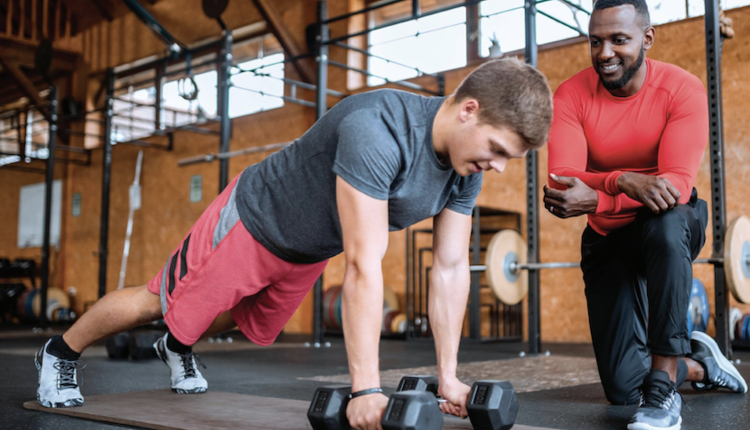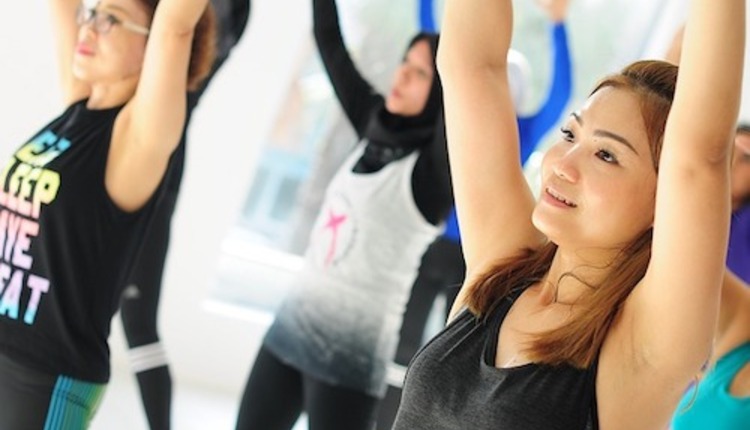A new consensus statement published this month in the Journal of Athletic Training, the scientific publication of the National Athletic Trainers’ Association, highlights several themes based on the latest research findings regarding anterior cruciate ligament (ACL) injuries in women and men. This statement is the result of a fourth research retreat focused on the gender bias in ACL injuries that was attended by leading researchers in musculoskeletal health.
According to “ACL Injuries: The Gender Bias Research Retreat IV,” although much has been learned about characteristic sex differences in knee structure and function, researchers still know very little about the underlying causes of these differences, or whether many of the observed differences truly reflect an increased injury risk for physically active women versus men. The statement counsels that further research take into account sex differences when studying injuries to the ACL, as the factors associated with ACL injury risk may not be the same in women and men.
The risk of ACL injury is affected by a number of factors, according to the latest research. For example, ACL strain is related to the load and timing of ground reaction forces. In addition, ACLs in females differ slightly from those in males, and women typically display a more upright posture when contacting the ground. Trunk and upper-body mechanics influence factors in the lower extremities and ACL, as do hip position and stiffness. Fatigue has also been shown to increase ACL injuries.
“Many ACL risk factor studies have not taken sex-based differences into account, and that needs to change in future research,” said the statement’s lead author, Sandra J. Shultz, PhD, ATC. “Again and again, studies have shown key anatomical, hormonal, neuromuscular and biomechanical differences in men and women. If we are to understand the underlying causes for these sex differences in neuromuscular and biomechanical function, it will be important to examine those factors within each sex separately to determine the specific role they may play, which could be very different for males and females.”
According to research referenced in the statement, the chance of a woman suffering an ACL injury is not evenly distributed across the duration of the menstrual cycle, but is instead greater during the preovulatory phase of the cycle. The mechanical and molecular properties of the ACL are likely influenced not only by estrogen, but also by the interaction of several sex hormones, secondary messengers, remodeling proteins and mechanical stresses.
“Based on what we know now, the interactive effect of all relevant hormones on ACL injury risk must be studied in more detail,” said Shultz, a certified athletic trainer and associate professor of Exercise and Sport Science at the University of North Carolina at Greensboro. “When examining hormonal influences on knee joint function, women using oral contraceptives, and those with irregular menstrual cycles, should also be investigated by researchers. In reality, answering these questions are not as simple as they seem, and we need to improve the sophistication of our study designs to better address the complexity of the potential relationships between hormones, knee joint behavior and ACL injury.”
The consensus statement reveals that training programs that incorporate elements of balance training, plyometric training, education, strengthening and feedback can indeed alter the variables thought to contribute to ACL injuries; however, the protective effect of ACL injury prevention training programs appears to be transient. According to Shultz, “while we work to identify the risk factors for ACL injury, we should also continue to conduct controlled studies to evaluate the ability of prevention strategies to alter risk factors and prevent ACL injuries.”
To review “ACL Injuries: The Gender Bias Research Retreat” in its entirety, visit:
http://www.nata.org/jat/jat_docs/08consensus_statement.pdf.
Athletic trainers are unique health care professionals who specialize in the prevention, diagnosis, treatment and rehabilitation of injuries and illnesses. The National Athletic Trainers' Association (www.nata.org) represents and supports 30,000 members of the athletic training profession. NATA advocates for equal access to athletic trainers for patients and clients of all ages and supports H.R. 1846. Only 42 percent of high schools have access to athletic trainers. NATA members adhere to a code of ethics.
According to “ACL Injuries: The Gender Bias Research Retreat IV,” although much has been learned about characteristic sex differences in knee structure and function, researchers still know very little about the underlying causes of these differences, or whether many of the observed differences truly reflect an increased injury risk for physically active women versus men. The statement counsels that further research take into account sex differences when studying injuries to the ACL, as the factors associated with ACL injury risk may not be the same in women and men.
The risk of ACL injury is affected by a number of factors, according to the latest research. For example, ACL strain is related to the load and timing of ground reaction forces. In addition, ACLs in females differ slightly from those in males, and women typically display a more upright posture when contacting the ground. Trunk and upper-body mechanics influence factors in the lower extremities and ACL, as do hip position and stiffness. Fatigue has also been shown to increase ACL injuries.
“Many ACL risk factor studies have not taken sex-based differences into account, and that needs to change in future research,” said the statement’s lead author, Sandra J. Shultz, PhD, ATC. “Again and again, studies have shown key anatomical, hormonal, neuromuscular and biomechanical differences in men and women. If we are to understand the underlying causes for these sex differences in neuromuscular and biomechanical function, it will be important to examine those factors within each sex separately to determine the specific role they may play, which could be very different for males and females.”
According to research referenced in the statement, the chance of a woman suffering an ACL injury is not evenly distributed across the duration of the menstrual cycle, but is instead greater during the preovulatory phase of the cycle. The mechanical and molecular properties of the ACL are likely influenced not only by estrogen, but also by the interaction of several sex hormones, secondary messengers, remodeling proteins and mechanical stresses.
“Based on what we know now, the interactive effect of all relevant hormones on ACL injury risk must be studied in more detail,” said Shultz, a certified athletic trainer and associate professor of Exercise and Sport Science at the University of North Carolina at Greensboro. “When examining hormonal influences on knee joint function, women using oral contraceptives, and those with irregular menstrual cycles, should also be investigated by researchers. In reality, answering these questions are not as simple as they seem, and we need to improve the sophistication of our study designs to better address the complexity of the potential relationships between hormones, knee joint behavior and ACL injury.”
The consensus statement reveals that training programs that incorporate elements of balance training, plyometric training, education, strengthening and feedback can indeed alter the variables thought to contribute to ACL injuries; however, the protective effect of ACL injury prevention training programs appears to be transient. According to Shultz, “while we work to identify the risk factors for ACL injury, we should also continue to conduct controlled studies to evaluate the ability of prevention strategies to alter risk factors and prevent ACL injuries.”
To review “ACL Injuries: The Gender Bias Research Retreat” in its entirety, visit:
http://www.nata.org/jat/jat_docs/08consensus_statement.pdf.
Athletic trainers are unique health care professionals who specialize in the prevention, diagnosis, treatment and rehabilitation of injuries and illnesses. The National Athletic Trainers' Association (www.nata.org) represents and supports 30,000 members of the athletic training profession. NATA advocates for equal access to athletic trainers for patients and clients of all ages and supports H.R. 1846. Only 42 percent of high schools have access to athletic trainers. NATA members adhere to a code of ethics.











